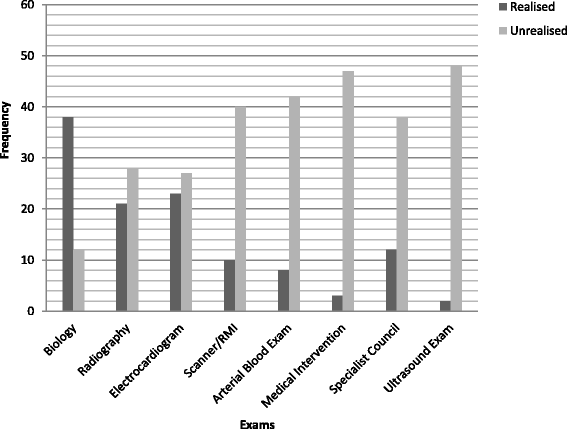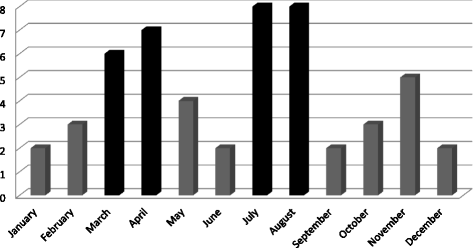Reasons for transferral to emergency departments of terminally ill patients - a French descriptive and retrospective study
- PMID: 27769258
- PMCID: PMC5073929
- DOI: 10.1186/s12904-016-0155-y
Reasons for transferral to emergency departments of terminally ill patients - a French descriptive and retrospective study
Abstract
Background: Patients under palliative care and in hospital-at-home services are frequently transferred to emergency departments. We set out to identify the reasons for these presentations to determine the proportion that might be avoidable.
Methods: We conducted a retrospective study by assessment of patient files. We studied admissions to four emergency departments in an area of France (Puy-de-Dôme) between September 2011 and August 2013. Reasons for transfer and diagnostic conclusion by emergency doctors were noted. We collected date of admission, time spent, investigations and treatments performed and patients' outcomes after the medical conclusions. We also determined whether patients called the hospital-at-home service before going to the emergency department. From these data we discerned potentially avoidable and unavoidable consultations.
Results: We identified 52 transfers of patients from home to emergency departments. The most frequent reasons were: generalized weakness (11 cases), social isolation (8 cases) and end of life (7 cases). For 58 % of presentations, the investigations and treatments performed did not require presentation to an emergency department; 34 % of patients returned home after the visit, 41 % remained for simple observation and 20 % remained to receive special care. Two patients died in the emergency department. In 86 % of cases, presentations occurred when primary care was less readily available, and patients called home care services in only 42 % of cases before going to emergency departments.
Conclusions: Half of the transfers to emergency departments were potentially avoidable for terminally ill patients in home care. To reduce this proportion we need to promote access to primary care, educate patients in hospital-at-home service and train care-givers and doctors in palliative medicine.
Keywords: Avoidable presentations; Emergency departments; Hospital-at-home; Palliative care.
Figures





References
-
- 2008 Getting out of hospital, The Health Foundation. 2011
-
- Programme de développement des soins palliatifs 2008–2012.
MeSH terms
LinkOut - more resources
Full Text Sources
Other Literature Sources
Medical

